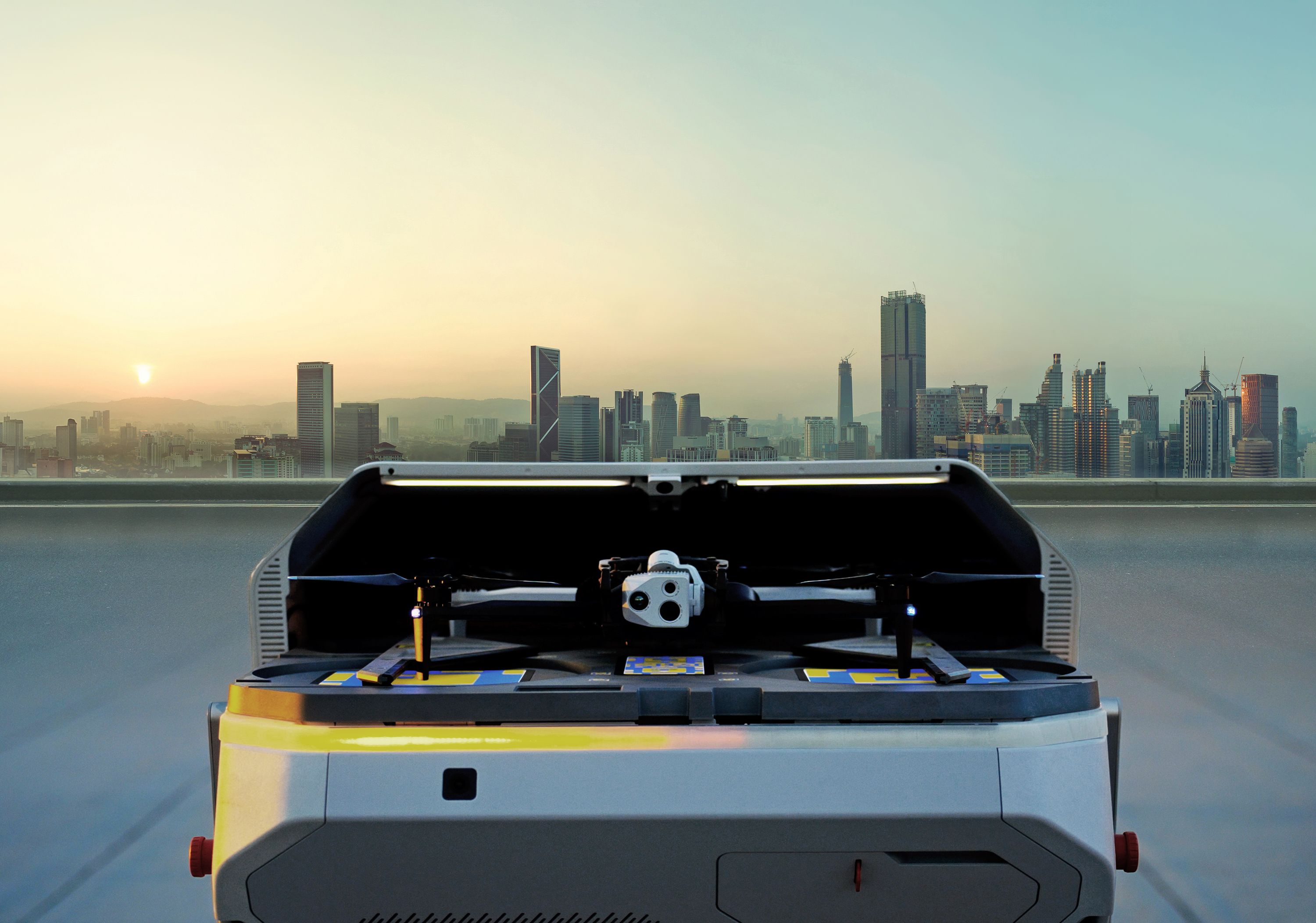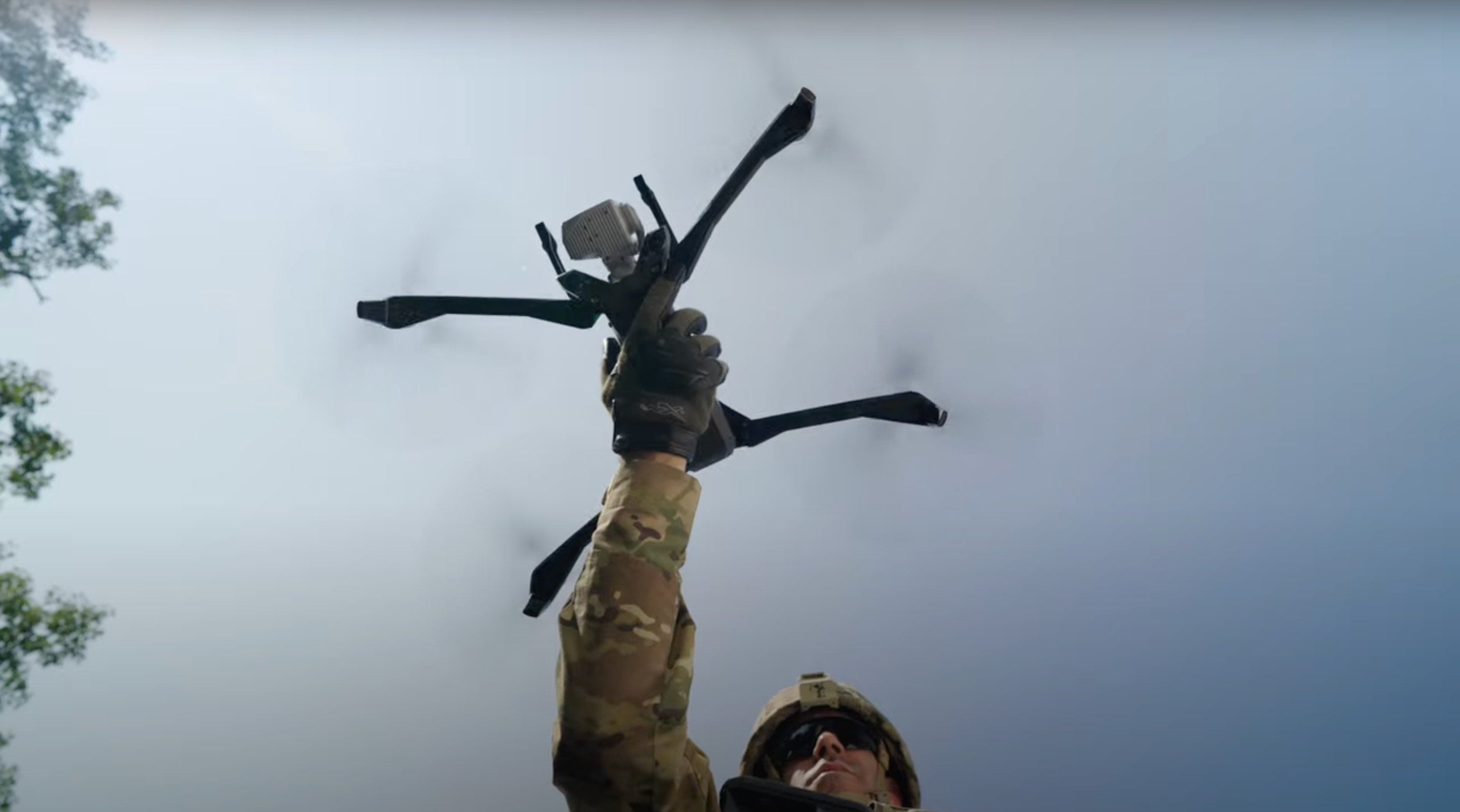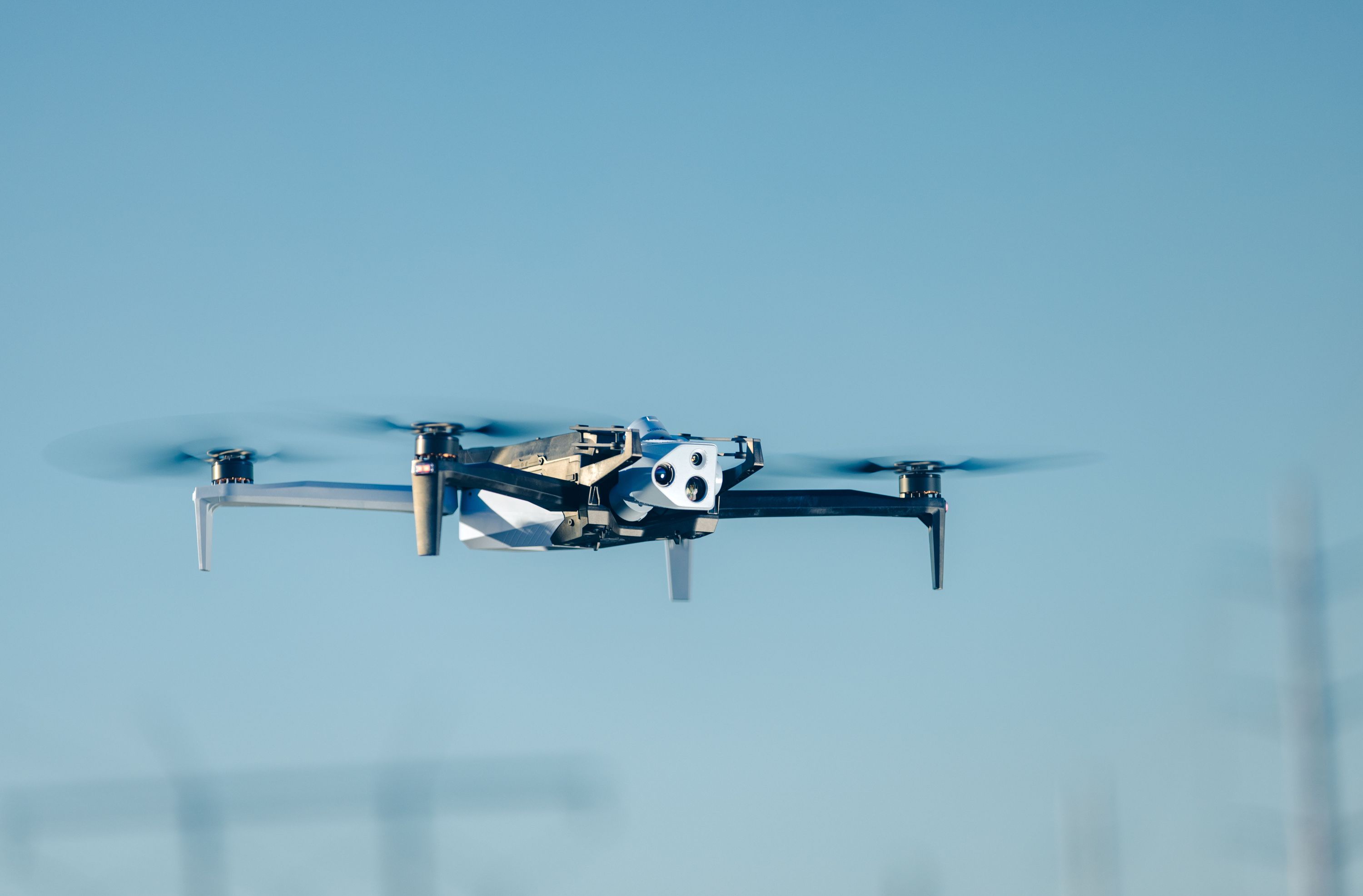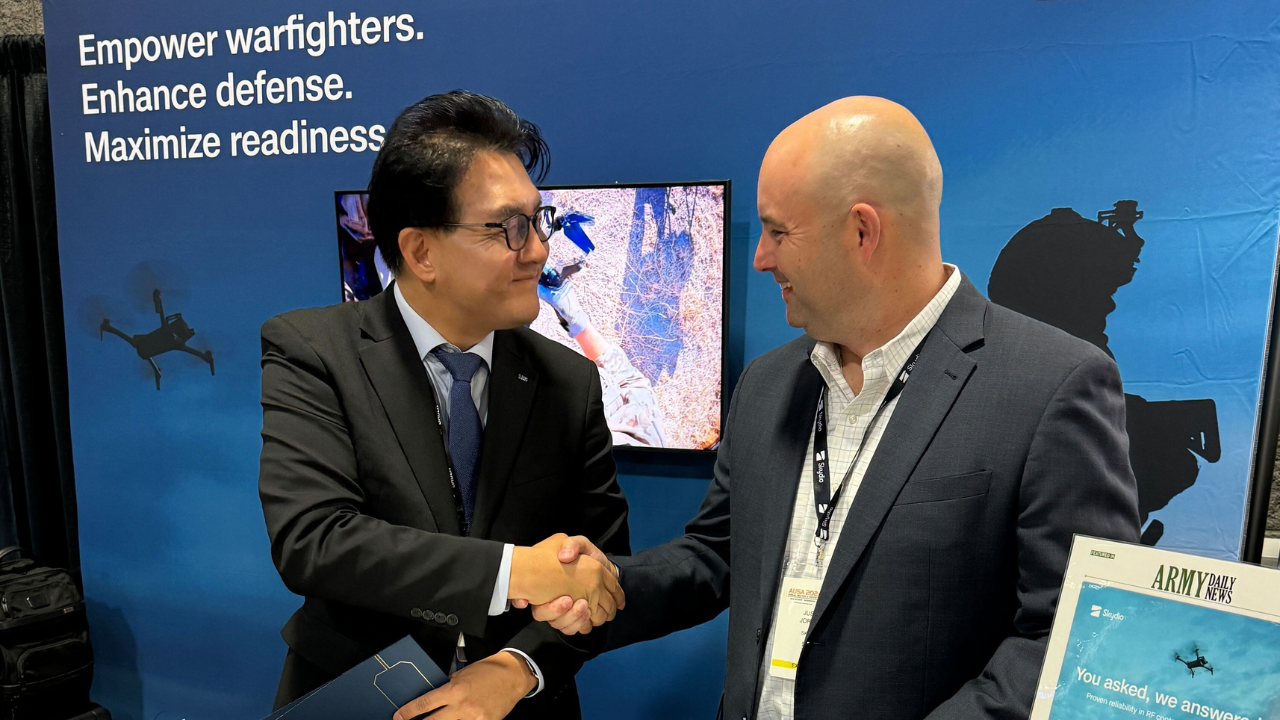Enhancing Global Defense Operations with Autonomous Drones: Insights from Skydio and EPE Experts

In an era where technological superiority defines military advantage, the role of autonomous drones in enhancing global defense operations cannot be overstated.
During a recent Live Talk hosted by Skydio, experts from both Skydio and EPE Trusted to Protect (EPE) delved into the transformative impact of drone technology on defense strategies worldwide.
The discussion provided a comprehensive overview of how Skydio's autonomous drones are being leveraged to tackle some of the most pressing challenges in modern defense, from enhancing intelligence, surveillance, and reconnaissance (ISR) capabilities to ensuring interoperability among allied forces.
The Critical Role of Autonomous Drones in Ukraine
One of the most compelling examples of how autonomous drones are impacting defense operations comes from their deployment in Ukraine. As traditional ISR methods were disrupted by GPS jamming and other electronic warfare tactics, having resilient drones emerged as a vital need for Ukrainian forces.
Justin Jordan, Skydio’s Vice President of Federal Sales, Defense, and Critical Infrastructure, highlighted how Skydio drones have been instrumental in navigating complex environments and providing critical intelligence in real-world conflict.
“The autonomy engine in our drones allows them to navigate and perform missions even in GPS-denied environments,” Jordan noted. This capability has proven invaluable, especially in a conflict zone like Ukraine, where maintaining operational effectiveness under adverse conditions is crucial. The ability to adapt to ever-changing and challenging environments underscores the need for reliable ISR tools that can significantly enhance the resilience and operational capacity of defense forces.
Interoperability and AUKUS Integration
Another focal point of the discussion was the importance of interoperability, particularly within the context of the AUKUS alliance, which includes Australia, the United Kingdom, and the United States. Uddit Patel, Program Manager for Skydio’s International Asia Pacific region and the United States Air Force, emphasized how Skydio drones are designed to integrate seamlessly with allied forces, ensuring consistent tactics, techniques, and procedures (TTPs) across different regions.
“Interoperability between our platforms for all the forces using them ensures that they can operate together with similar equipment, enhancing joint exercises and deployments around the world,” Patel explained. This capability not only strengthens the operational cohesion among AUKUS members but also enhances their collective defense readiness, enabling them to respond more effectively to regional and global threats.
Technological Capabilities and Supply Chain Security
The webinar also highlights the advanced technological capabilities of Skydio drones, particularly in terms of obstacle avoidance and night operation. Keith Thomas, the Uncrewed Aerial Systems (UAS) Capability Lead at EPE, pointed out that Skydio drones are equipped with cutting-edge neural networks and multiple cameras that enable them to navigate complex environments autonomously, even without preloaded maps. This makes the drones exceptionally versatile in a variety of operational settings, from urban areas to remote wilderness.
Moreover, the importance of a secure supply chain in defense operations was underscored by both Skydio and EPE experts. As Thomas noted, “A secure supply chain is particularly important in this region. Being in a remote location, having partners you can rely on for equipment and secure supply lines is vital.”
Skydio’s commitment to maintaining a National Defense Authorization Act (NDAA)-compliant supply chain ensures that their drones meet the highest military standards, providing defense forces with trusted and secure platforms.
Addressing Regional Challenges: The Australian Perspective
The unique defense challenges faced by Australia and the broader Indo-Pacific region were also discussed, with a particular focus on how Skydio drones are being used for border protection and disaster response. Rob Edye, Group Chief Operating Officer at EPE, underscored the strategic importance of Skydio drones in monitoring Australia’s extensive coastline and providing early warning capabilities in bushfire-prone areas.
“The unique geography of Australia, with its large coastline and remote areas, highlights the importance of using advanced technology like Skydio drones as a force multiplier,” Edye stated. This perspective focuses on the versatility of Skydio’s autonomous drones, not only in traditional military operations but also in addressing broader security and environmental challenges in the region.
The Future of Autonomous Drones in Defense
As the webinar concluded, it was clear that Skydio’s autonomous drones are not just enhancing current defense operations—they are paving the way for the future of global defense. From their crucial role in Ukraine to their integration within the AUKUS alliance, Skydio drones are at the forefront of modern military technology, offering unmatched capabilities in ISR, interoperability, and operational resilience.
“The ability of Skydio drones to enhance force projection and provide high-resolution aerial imagery and real-time data to command centers is crucial for making strategic and tactical decisions,” Thomas remarked. Autonomous drones are having a profound impact on defense strategies worldwide, providing military forces with the tools they need to stay ahead in an increasingly complex global security environment.
As defense operations continue to evolve, Skydio and EPE are serving a critical role in driving technological innovation and enhancing the capabilities of allied forces around the world. For military leaders and defense professionals, staying informed about these advancements is not just beneficial—it is essential for maintaining strategic superiority.






